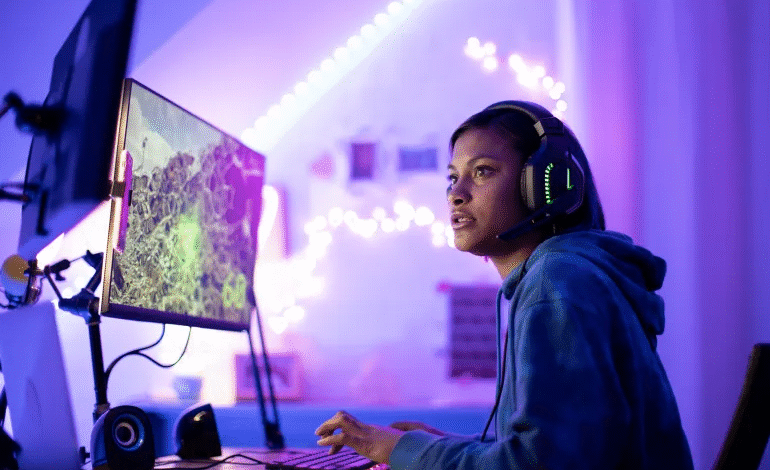Video Games and Mental Health: A Unique Narrative Medium

Video games possess a unique characteristic that distinguishes them from other forms of visual media and storytelling mechanisms—whether films, TV series, or even audiobooks.
While most visual media require the audience to passively absorb the story through direct narration and visual representation, video games compel players to actively experience the story and live through its events firsthand.
This immersive nature allows games to deliver narratives more effectively than any other medium. It is this very trait that makes video games a powerful platform for portraying and exploring mental health issues—going beyond the stigmatization and stereotypes often seen in other forms of media.
The role of video games has transcended mere storytelling. Some games are now designed with features that consider and even help manage certain psychological disorders, making them an integral part of therapeutic practices in some cases.
In many instances, games present mental struggles without explicitly telling the player. Instead, they immerse the player in the experience as if they were someone suffering from a disorder yet unaware of their diagnosis—offering a deeply personal and distinctive narrative journey.
With the gaming industry now surpassing both sports and film in market size, its ability to tell impactful stories has only grown.
Pioneering Games Addressing Mental Health
The portrayal of mental health in video games is not limited to indie or small-scale developers. Leading game studios have also created powerful experiences that either center around psychological disorders or incorporate them as essential elements of the game world.
Silent Hill 2
Few horror games hold the iconic status of Silent Hill 2. Originally released in 2001 and later remastered in 2024, the game delves into psychological conditions like depression and trauma. These disorders aren’t just mentioned—they shape the entire atmosphere, influencing the emergence of the game’s terrifying monsters and reflecting the protagonist’s emotional struggle after losing his wife.
Max Payne
Max Payne is a landmark series in the gaming world, starting with its debut in 2001. It follows a detective seeking revenge against the gang that murdered his family. As he descends into grief and depression, Max becomes dependent on painkillers and struggles with psychological breakdowns. Although the game doesn’t explicitly state this, the emotional weight is deeply embedded in the gameplay, forcing players to confront Max’s internal turmoil.
Spec Ops: The Line
Released in 2012, Spec Ops: The Line broke the mold of traditional war games that focused only on action and explosions. Instead, it delivers a haunting narrative centered on post-traumatic stress disorder (PTSD). Set in a fictionalized war-torn Dubai, the protagonist experiences hallucinations and mental collapse, eventually losing his grip on reality. The game powerfully portrays the psychological impact of war, a theme rarely explored in military games.
Hellblade: Senua’s Sacrifice
Developed by a small studio in 2017, Hellblade: Senua’s Sacrifice gained acclaim for its accurate and respectful portrayal of psychosis. The protagonist, Senua, suffers from hallucinations—both auditory and visual—blurring the line between reality and illusion. The game’s immersive sound design and storytelling allow players to experience the world as she does, offering unparalleled insight into the mind of someone with a severe mental health condition. The sequel, released recently, continues this groundbreaking narrative approach.
Why Mental Health Representation in Games Matters
Raising awareness and understanding of mental health issues is a vital step in supporting affected individuals. Games, by enabling players to inhabit the minds of those struggling with psychological disorders, can cultivate empathy more effectively than theoretical explanations or traditional media.
For example, in Hellblade, players don’t just hear about psychosis—they live it. The auditory and visual hallucinations, the confusion between reality and illusion, and the emotional weight of the character’s journey all bring the player closer to understanding what such a condition feels like.
Despite the success of these games, most mental health representations are still confined to horror genres. Moving forward, broader inclusion of such narratives across genres is crucial to further destigmatize mental illness and educate a wider audience on its realities.








